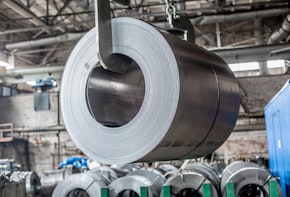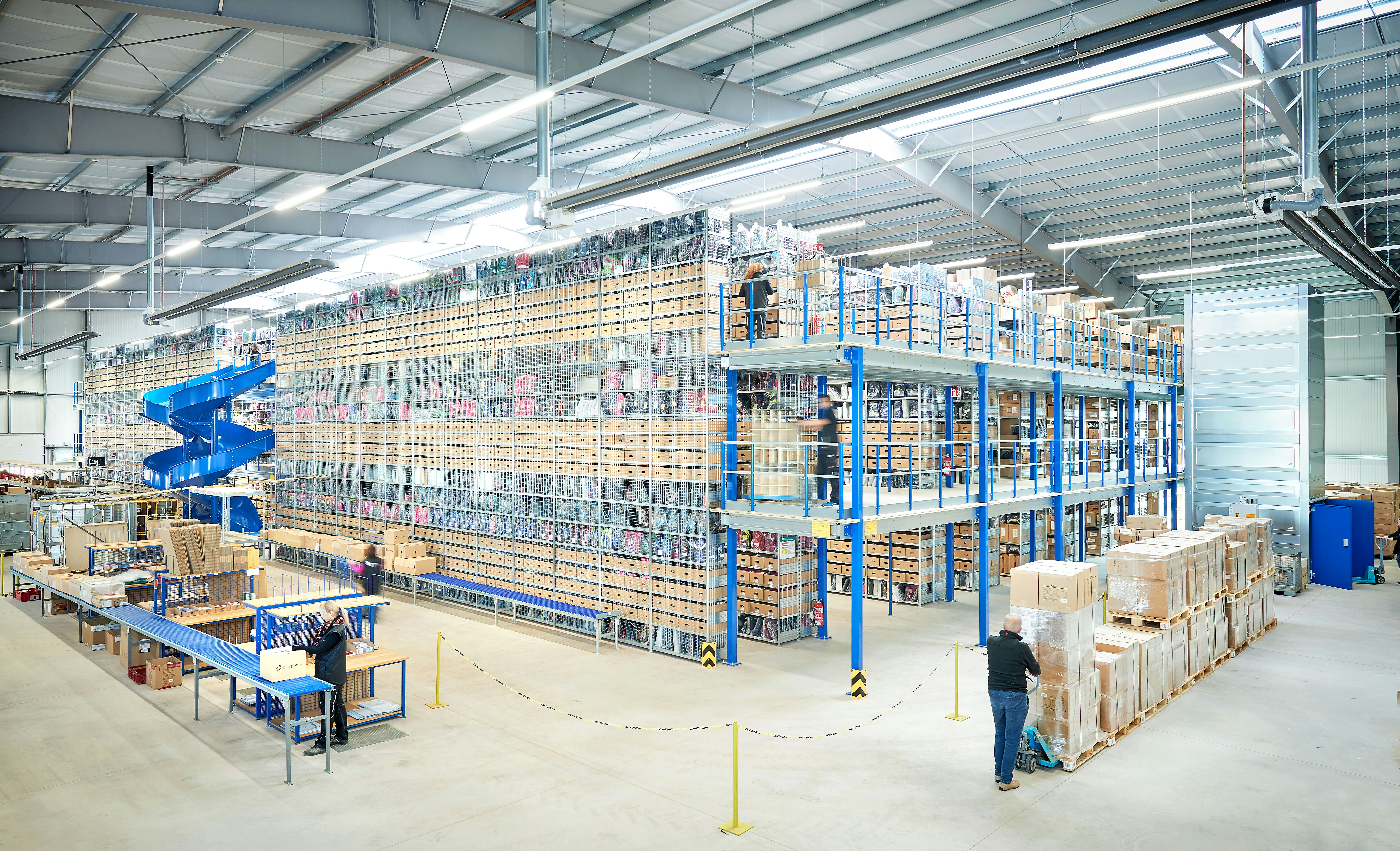From iron to steel shelves

Admittedly, the range of steel and metal shelving is large. You first think you are faced with an easy task when choosing a suitable metal shelf, but then you discover more and more that there is a lot to consider. In addition to the suitable metal shelf type, you should also pay attention to the quality of the shelf material. This is where it starts, there is a variety of designations for construction materials. For example, the terms steel and metal are often used as synonyms. But are steel shelves really metal shelves? How are steel, iron and metal separated from each other?
Differences between metal, iron and steel
Not all metals are the same, but iron is a metal. In the "Periodic Table of the Chemical Elements", metals are those elements whose atoms combine to form a crystal structure with free electrons. Their properties are good electrical and thermal conductivity, good formability, high density and strength, thermal linear expansion as well as metallic gloss and reflectivity for light. Around 80 percent of the chemical elements in the periodic table are metals. Each metal forms a crystalline structure at an individual solidification temperature. The nature of the composition and the size of the grains in this structure influence the properties of each metal. Metals include, for example, iron (Fe) but also mercury (Hg), which is liquid under standard conditions. Due to their resistance to oxidation (corrosion), metals are classified as follows:
- precious metals (do not corrode) - gold (Au), silver (Ag), platinum (Pt)
- semi-metals (in contact with air they form a thin protective layer that prevents corrosion) - aluminium (Al), lead (Pb), copper (Cu)
- base metals (if exposed to air and moisture they can corrode and decompose) - iron (Fe)
Iron is a natural element and belongs to the base metals with corresponding properties. In its pure state, iron is relatively soft and has a silvery sheen. In nature, due to its chemical reactivity, it is mainly found in ore in combination with other elements. Crude iron is obtained from oxidic iron ore by melting. In contrast, steel is a man-made alloy of iron and carbon (and other elements), as well as cast iron and crude iron. Depending on their carbon content, they receive their designations - steel contains up to two percent carbon, cast iron over two percent and crude iron four to five percent (and other elements). The European standard EN 10020 defines and classifies steel grades. Steel is relatively difficult to cast, but very good to forge. The carbon content and other alloying elements produce certain mechanical properties. For example, stainless steel is particularly resistant to corrosion, while transformer steel has a low electrical conductivity. The designation for steels in Europe is defined in EN 10027-1 and 10027-2. Accordingly, unalloyed steels mainly contain carbon as an additive and only small amounts of chromium, copper, nickel, lead, manganese or silicon (so-called C-steels). There are also microalloyed, low-alloyed and high-alloyed steels. There are also designations according to the intended use, such as steels for steel construction, mechanical engineering, etc.. When selecting steel for metal or steel shelving, shelf manufacturers should be extremely selective and choose the best quality depending on the task and requirements.

Now that the secret of steel has been uncovered, it is clear that steel or metal shelving should only be purchased by storage technology experts who provide the best (steel) quality and manufacturing processes. BITO always pays attention to the best quality - from the ore to the crude iron, the steel coil and of course also for the entire metal or steel shelf. It's a long way to the metal shelf. Surely you are now wondering how a shelf is manufactured exactly. This question will be answered below.
Production of columns, beams and floors of steel racks
BITO has one of the most modern shelving column and truss production facilities for metal shelving in Europe at its production centre in the main Meisenheim plant. One profiling line each, for example from the Italian mechanical engineering specialist Gasparini, is used for production. After the coils of steel strip for the metal shelves have been delivered, they are first placed on so-called reversible reels and then gradually unrolled from there. The strip end welding fixtures integrated in the strip processing lines enable an endless, continuous production process. After unrolling the coil, a straightening process takes place. Then the steel strip is fed to a separately switchable automatic punching machine and then to the profiling line. Integrated flying cutting units allow the respective column and cross beam profiles to be cut to the correct length without start-stop. For all non-galvanised parts, the last step is pre-treatment with subsequent powder coating (including baking) in the RAL colour desired by the customer. As with galvanised components, this zinc coating serves as a particularly robust impact and corrosion protection. However, BITO galvanizes not only extreme special parts, but the carefully selected coil is already galvanised. The profiled supports are assembled to a finished support frame into which the shelf (cross beams) / shelves are later inserted.
The steel shelves undergo a similar manufacturing process. The galvanised steel strip - which has already been cut in a prefabricated step (blanks) - is also drawn into a profiling line for the shelf shelves, straightened, punched and then cold formed. If required, the shelves are then powder-coated with RAL colours. The assembly of the shelving is then carried out on schedule by BITO experts at the customer's site.

Basically, all BITO shelves have no sharp edges and have a Sendzimir galvanizing - also known as strip galvanizing (according to DIN EN 10142). Zinc plating is carried out using a hot dipping process, i.e. immersion in liquid zinc, and is indicated by a silver-grey, glossy and slightly matt surface. This manufacturing characteristic makes the shelves resistant to unlimited corrosion and impact and also leads to a high mechanical load capacity. Of course, all BITO shelves are DIN and TÜV certified. The warehouse technology specialist can also carry out rack inspections on request. These are prescribed by law at least every twelve months.
These regulations form the legal basis for shelf inspections:
- BetrSichV (Ordinance on Industrial Safety and Health)
- DIN EN 15635 (Stationary steel racking systems / Application and maintenance of storage equipment)
- TRBS 1203 (Technical Rule for Operational Safety)
- DGUV Information 208-043 (Safety of shelving)
BITO shelves have an extraordinary flexibility. Thanks to the modular system or simple plug-in assembly, the shelving system can be extended or converted at any time. Due to the special column and cross beam geometry, high stability is achieved at the same time. The plastic-coated longitudinal cross members (BITO-TwinTop® profile) result in an excellent and unique longitudinal rigidity of the shelf construction.
BITO is known as an innovator for special accessories and ergonomic product features. For pallet flow racks, for example, a stable run-on stop called FlowStop is available. The overtravel lock allows pallets to be removed from the flow channel without accumulation pressure or damage. Employee safety and ergonomics are at the centre of this.
Copyright: © Александр Ивасенко – stock.adobe.com
